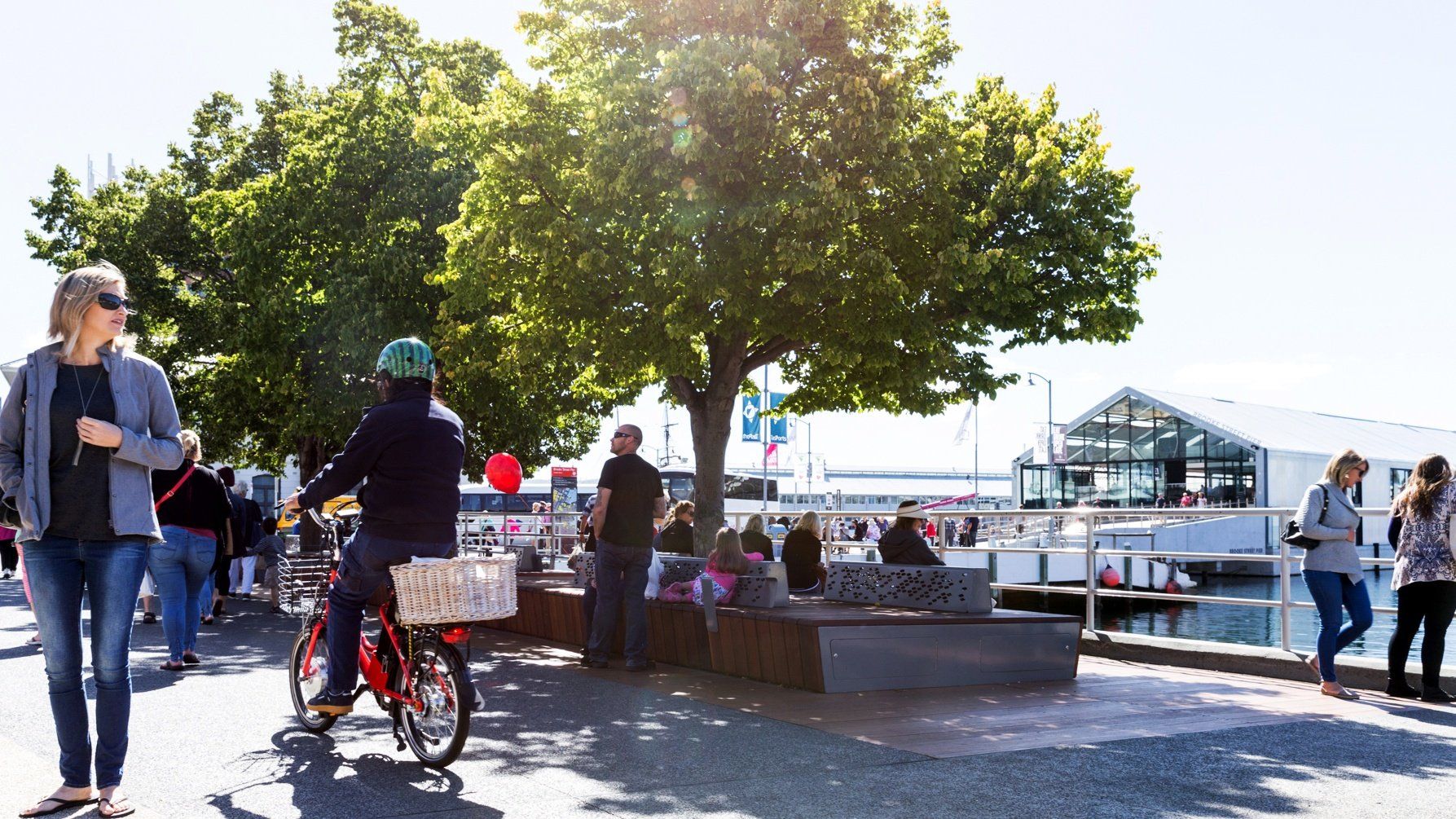News from the Annual Planning Institute Australia (PIA) Tasmanian Conference
The annual Tasmanian Planning Institute Australia (PIA) conference was recently held in Hobart (Thursday 9th – Friday 10th August 2018) with two days of presentations, debate and dialogue under the title “Towards 650,000: Are we partying around the bonfire or planning our future?”. https://www.planning.org.au/tas-conference-home. The annual PIA Tasmanian conference was attended by a wide range of practitioners, predominantly planners but also other Built Environment professionals, stakeholders and local interest groups. The key themes evolved around the subject of how Tasmania can plan for growth, specifically growing demands on housing and growing popularity of the state for tourism. Many of the themes covered have relevance for both Tasmania and Australia, with a summary of key points as follows.
Population
As suggested by the title of the conference much discussion centred upon how the state can plan for population growth, related demographic changes (e.g. aging population) and the subsequent planning required to accommodate growth (housing, jobs and associated infrastructure). Quick population facts:
- Tasmania has a population of around 500,000*, approximately half reside in Hobart.
- Tasmania State Government has a target population of 650,000 residents by 2050.
- National context of Australia’s population reaching 25 million[1], 20 years earlier than expected.
- Net intake of c. 2,000 people p.a. in Tasmania, but high proportion of retired people (popular destination for retirement). Subsequent need to plan for aging population.
- * Population policy subsequently hit the front page of Tasmania’s Mercury newspaper:
- “Tasmania’s population has hit 515,000…
- … with the growth rate almost tripling over two years”.
Source: The Mercury newspaper, Monday 13th August, pages 1 & 10 article titled “Senator wants population probe”
Policy
Much discussion centred upon the relatively recent Tasmanian planning reform that culminated in the Tasmanian Planning Scheme. Several speakers articulated the need for state-wide vision, with calls for Tasmania to develop a vision as part of a Planning Strategy, to provide context for the Tasmanian Planning Scheme and subsequent tiers of planning policy. The suggestion of a State Vision for Tasmania is noteworthy as this aligns with the Heart Foundation’s proposal for a State Policy for Healthy Spaces and Places. PIA representatives at the event including Brendan Nelson (PIA National President) reiterated PIA’s call for a National Settlement Strategy, informed by population growth and demographic trends across the country.
For more information see PIA publications including “Through the Lens” (2016), a report highlighting ‘megatrends’ and advocating a national settlement strategy: https://www.planning.org.au/policy/journey-towards-50-million Look out for the forthcoming PIA report that will state the case for a national settlement strategy
Housing
Hobart, Tasmania is in the midst of a housing crisis, with shortages in the supply of homes to rent and buy becoming particularly acute in the last two years. The housing crisis is not just about numbers but also about housing design, quality and housing type, relating directly to the HAbD principle for Housing Diversity. A complex combination of factors lie behind the housing crisis. Considerable pressure on existing housing stock, including: Tourism and demand for visitor accommodation; Short stay accommodation and the impact of providers such as Airbnb (relatively high conversion rate of former housing rental accommodation to short-stay accommodation has impacted on housing choice, mix and availability); Education, notable success and popularity of University of Tasmania, resulting demand for student accommodation, also impacting on housing stock and supply. Development approvals are reported to be at a good rate for new homes (c. 2000-3000 p.a. in Tasmania, although for comparison NSW has c. 70,000 p.a.) but ‘commencements’ (construction starting) and ‘completions’ (finished new homes) are both reported to be low.
Tourism
Visitor numbers to Tasmania are rising fast, from 862,400 in 2011, to 1.26 million in 2017, to 1.5 million visitors p.a. by 2020 (State Government target). Tourism is a big growth sector for the Tasmanian economy with transport and movement key features to consider. Herein lies a potential opportunity to advocate and promote Active Travel choices as the state looks to how it accommodates growing visitor numbers and how to accommodate visitors and their travel patterns. A notable example is work on public realm improvements on the harbourside in Hobart, featured in a Healthy Active by Design case study
Transport & Movement
The conference included debate about the need to address transport infrastructure for the growing population and rising congestion in relation to other trends (increasing population, housing demand, tourism & university demands). The opportunity to address transport includes considerable opportunities to integrate Active Travel:
- within settlements, promotion of improved pedestrian and cycle infrastructure and environment for promoting walking and other modes of active travel; improvement to public transport options and routes with the opportunity for active travel at the start and end of public transport trips; and
- between settlements enhancing state-wide links across Tasmania: opportunity to reinstating ferry connections, train or light rail lines to increase public transport between key destinations, providing a great option for residents, commuters and visitors alike. Interest in creating more bicycle trails and walking routes in rural / inland / coastal areas as well as within settlements.
Discussion of Hobart’s transport options are topical in the context of the City of Hobart’s Draft Transport Strategy (upon which the Heart Foundation Tasmania have made submissions). See the latest Heart Foundation submission on the City of Hobart Transport Strategy, including the call for a Hobart to be an Active Travel City.
[1] AUSTRALIAN ASSOCIATED PRESS Reported on Tuesday AUGUST 7, 2018:
“Australia's population has officially ticked over the 25 million mark.” (source: The Australian, 7th August 2018).
Stay informed. Sign up to our newsletter.
I agree that I have read and I accept the Heart Foundation's Privacy Statement.

